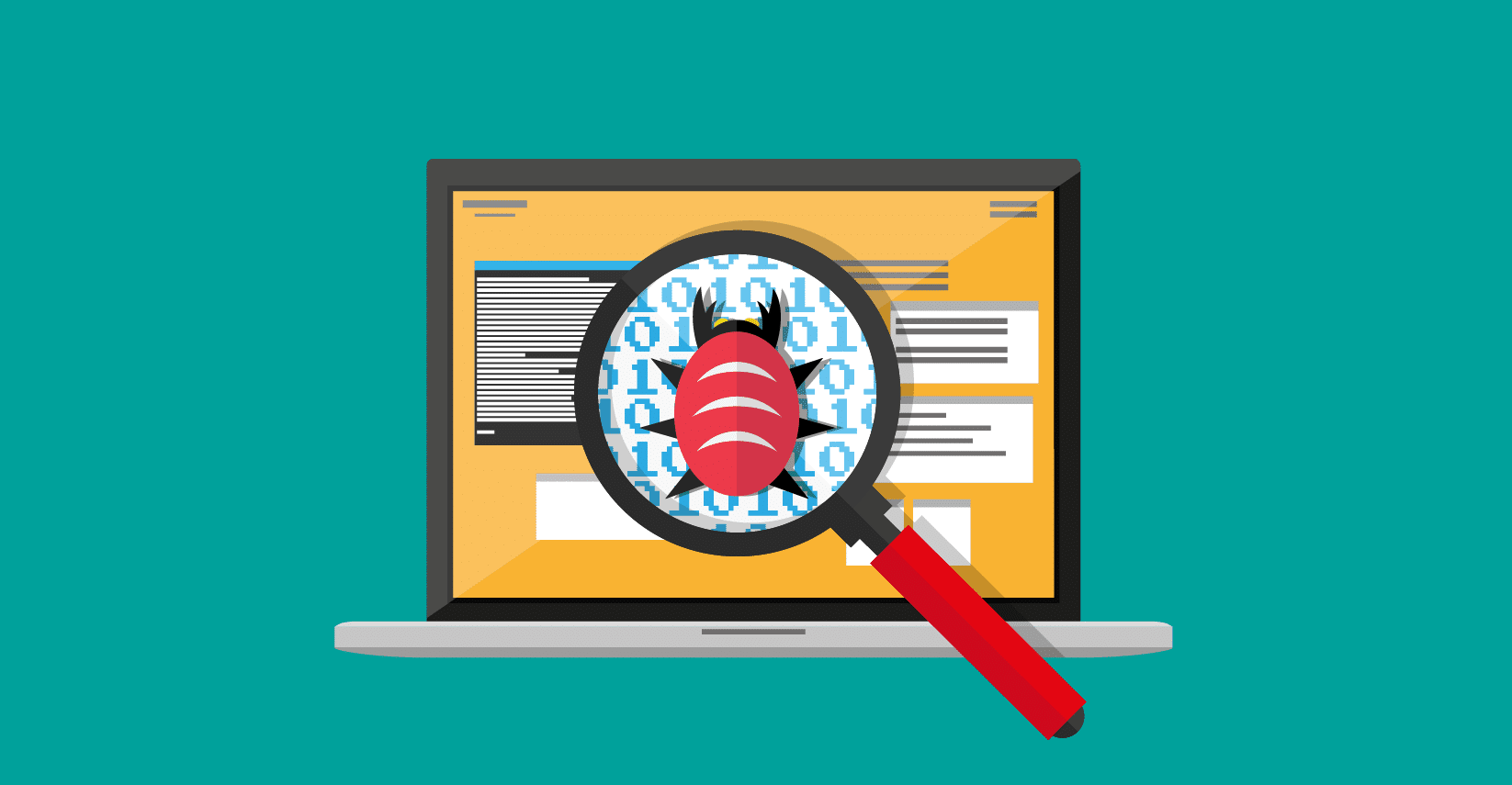Methodologies for Agile development have a focus on continuous improvement and iterative development. This is why many software developers chose this kind of environment for their bug tracking.
That being said, for your test case management tool of choice to work, you need to have a good strategy. Here are some insights into a few Agile strategies that should keep your project going smoothly.
Make Good Use of Sprints
When using Agile development, there is one strategy that you need to take full advantage of: the sprint. Sprints are short-loop iterations where a team works together to finish a specific task set. This may include improving an extra feature along with adding a new one.
Using this strategy, you may easily “capture” a bug with every sprint. This is a better alternative to your usual development, which finds the bug at the end. For this strategy, you may have to use bug tracking software to make things faster, but in the long run, it can save a lot of time.
Be Sure Stakeholders Are Kept in the Loop
For the most part, bugs are filed by a reviewer or a tester, after which the project manager may assign them back to the developer. Once the developer finishes with the bug fixing, it gets sent back to the tester, where they verify it again. If the issue is fixed, they close the ticket; if not, the whole process starts again.
Since every stakeholder has a play in this, they must be kept in the loop. It doesn’t matter if it’s the manager, the developer, the tester, or the designer – everyone has to be updated. Time is of the essence when Agile is used, so the more information everyone has, the faster things will be.
Pay Close Attention to Past User Feedback
While we believe the developers and testers are the most important stakeholders, the truth is different: what we should care most about are the users. The Agile approach cares a lot about this aspect, which is why it continuously collects information to assess a project.
Instead of developing various fancy features and merely looking for bugs in the code, you should hear what the users have to say about the product. Developing teams should embrace the early feedback, as it gives a better idea of the features they need to work on.
Prioritize Bugs by System Impact
One issue about Agile is that known bugs can quickly grow if they don’t receive attention, spiraling out of control with ease. This is why it is important to prioritize based on the way errors affect your product – this keeps your project going and ensures quality. A test management tool can be very helpful here.
Still, simply implementing prioritization is not enough – you need to do it right. Some bugs can add more complexity to the system than necessary, which in the end will impact the end user. This is why, if a certain issue shows a risk to your end system, you should address that one first.
Automate Regression Testing
In an Agile environment, where changes are frequent and rapid, it’s crucial to ensure that new developments do not inadvertently introduce regressions, causing previously resolved issues to resurface. Implementing automated regression testing as part of your continuous integration/continuous deployment (CI/CD) pipeline can help catch potential issues early in the development process. By automating repetitive and time-consuming test cases, you can streamline the testing process and allow your team to focus on more complex scenarios and exploratory testing.
Encourage Cross-Functional Collaboration
Agile development emphasizes collaboration among cross-functional teams, including developers, testers, designers, and other stakeholders. Foster an environment where team members actively communicate and collaborate throughout the development process. Encourage developers to work closely with testers to understand the intricacies of identified bugs, and vice versa. This collaborative approach not only accelerates issue resolution but also enhances the overall quality of the software by leveraging diverse perspectives and skill sets.
Utilize Agile Metrics for Continuous Improvement
Leverage Agile metrics to measure and analyze the performance of your development and testing processes. Key performance indicators (KPIs) such as sprint velocity, cycle time, and burndown charts can provide valuable insights into the team’s efficiency and the overall health of the project. Regularly review these metrics during retrospective meetings to identify areas for improvement. Continuous monitoring and adaptation based on these metrics contribute to a more refined and effective Agile bug tracking strategy.
Implement a Feedback Loop for Continuous Learning
Establish a feedback loop that allows the team to learn and adapt from each sprint. Conduct regular retrospectives to reflect on the successes and challenges faced during the development process. Encourage team members to share their experiences and propose improvements. By fostering a culture of continuous learning and adaptation, the team can collectively enhance their bug tracking strategies over time. This iterative feedback loop aligns with the core principles of Agile development and contributes to the overall success of the project.
Ensure Test Case Traceability
Maintain a clear and traceable link between test cases and requirements or user stories. This traceability ensures that each aspect of the software is thoroughly tested, and any identified bugs can be traced back to specific features or functionalities. Test case traceability also facilitates impact analysis, helping teams understand the potential consequences of changes and prioritize testing efforts accordingly. A well-organized traceability matrix is an essential component of effective test case management within an Agile framework.
Embrace Continuous Integration and Deployment
Integrate continuous integration and deployment practices into your Agile workflow. By automating the build and deployment processes, teams can release software more frequently and reliably. This rapid release cycle enables quicker feedback from users, accelerates bug identification, and shortens the time between bug detection and resolution. Continuous integration and deployment contribute to the overall agility of the development process and support the seamless integration of bug tracking within the iterative development cycle.
The Bottom Line
Agile is a very good methodology for tracking specific bugs, but you need to do it properly. That being said, if you use a good strategy, things should easily remain on the right track.


























